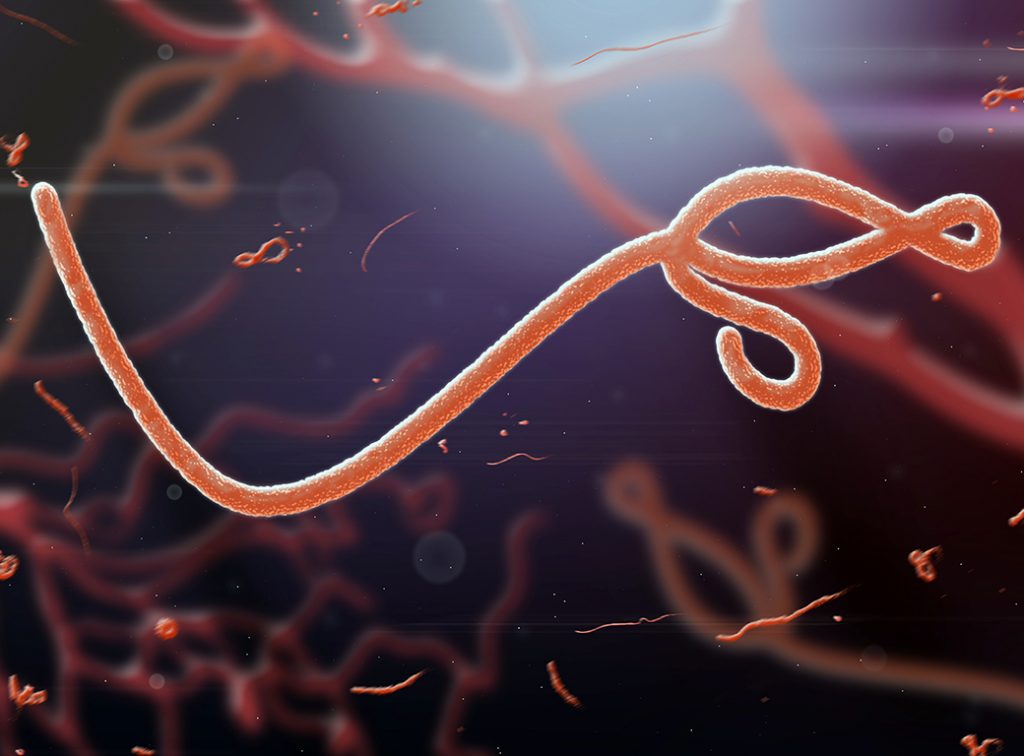Civil unrest in Congo worsens outbreak of Ebola, new study says

Civil unrest may have worsened the ongoing Ebola outbreak in the Democratic Republic of Congo, or DRC, according to a new study on which Texas A&M College of Veterinary Medicine & Biomedical Sciences researcher Martial Ndeffo is an author.
Published in the Proceedings of the National Academy of Sciences, the research team—including scholars from Yale University, the University of Florida, and the University of Bordeaux—found that disruptive events, such as attacks on Ebola treatment centers and healthcare workers, reduced population-level vaccine effectiveness in the DRC by 43 percent, on average.
Prior to disruptive events, the population-level vaccine effectiveness was estimated to be 52 percent; in the observed period of conflict, it was estimated to reach a minimum of 4.8 percent.
The eastern DRC is facing one of its most severe Ebola outbreaks on record, with 2,084 cases and 1,405 deaths since April 30, 2018. The country also is currently engulfed in conflict surrounding politics, ethnicity, land ownership, and economics. The mining regions of North Kiva and Ituri face conflict from more than 70 armed groups.
The research evaluated ethnographic evidence, such as civilian interactions with healthcare workers, and data relating the timeline of conflict to disease trends. Between Aug. 12, 2018, and June 23, 2019, the researcher team’s model predicted an average population-level vaccine effectiveness of 29.5 percent.
“With respect to Ebola, maintaining a high population-level vaccination effectiveness relies on good tracking of who has contact with infected individuals,” Ndeffo said. “Thus, when contact tracing becomes logistically challenging due to violence and conflict, a drop in population-level vaccination effectiveness can allow for the disease to enter new communities and be temporarily undetected.”
The study also evaluated the reproductive number of the disease, or how many new cases each existing case generates on average. For example, a reproductive number of 2 means that each diseased individual infects two more people, on average.
During the research observation period, Ebola’s reproductive number at times below 1. This indicates that each case was, on average, infecting less than one person, suggesting a declining trend in disease spread. In times of conflict, the reproductive number was driven above 1, indicating that each diseased individual was infecting more than one person, on average.

